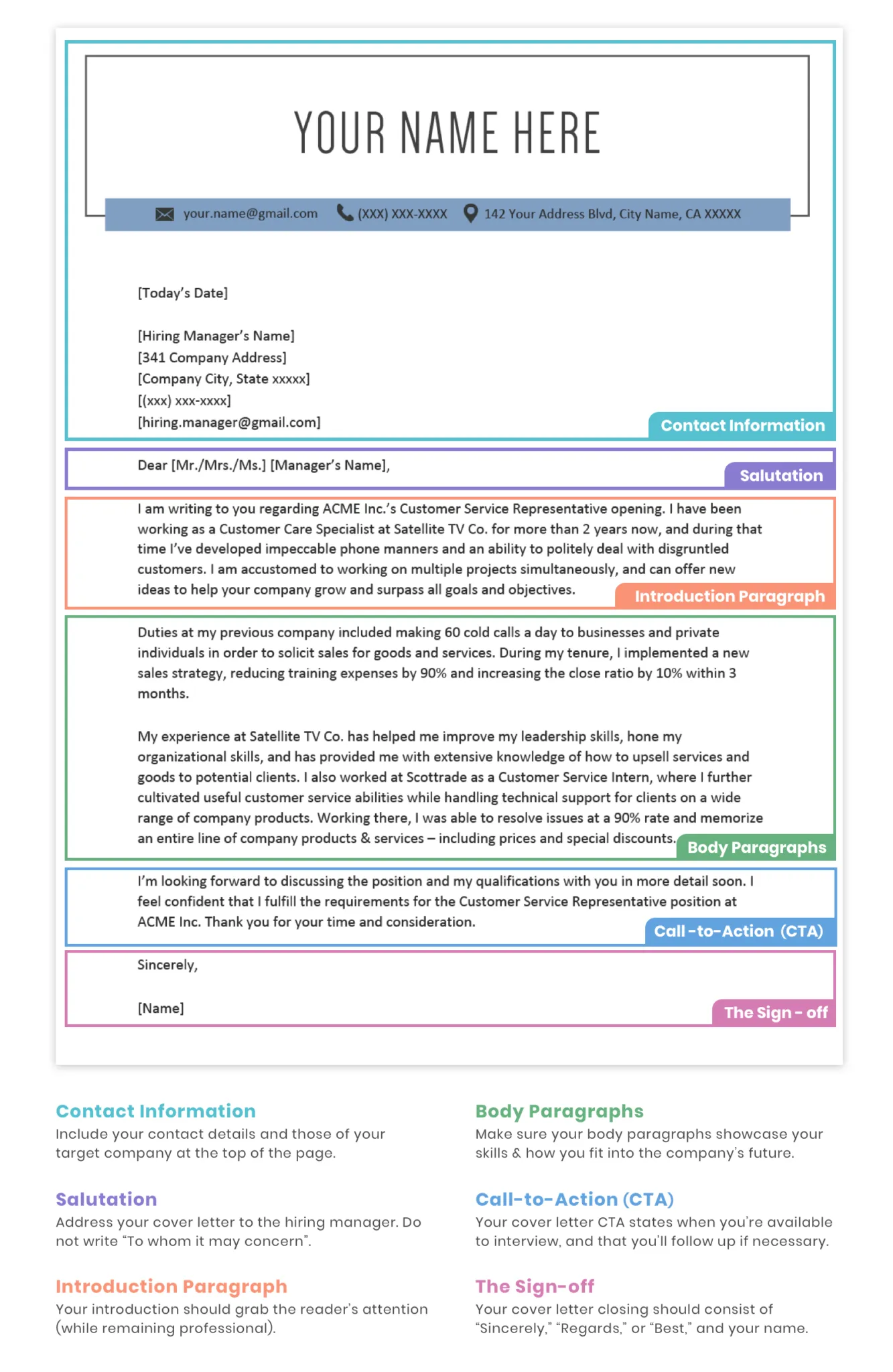What is a Cover Letter and Why You Need One
A cover letter is a crucial document that accompanies your resume when applying for a job. Think of it as your personal introduction, a way to communicate with the hiring manager, and elaborate on your interest in the position and the company. It offers a chance to go beyond the bullet points of your resume, providing context and showcasing your personality, skills, and experiences in a way that a resume alone cannot. A well-written cover letter can significantly increase your chances of getting an interview, as it allows you to demonstrate your enthusiasm and highlight how your qualifications align with the job requirements. It helps you stand out from other applicants and creates a positive first impression with the recruiter.
Essential Components of a Cover Letter
A compelling cover letter is composed of several key elements working together to create a cohesive and persuasive narrative. Each section plays a vital role in communicating your suitability for the role. By carefully crafting each component, you can ensure that your cover letter is professional, informative, and tailored to the specific job. Properly formatted, a cover letter is a document that can set you apart from other candidates and elevate your candidacy.
Contact Information Section
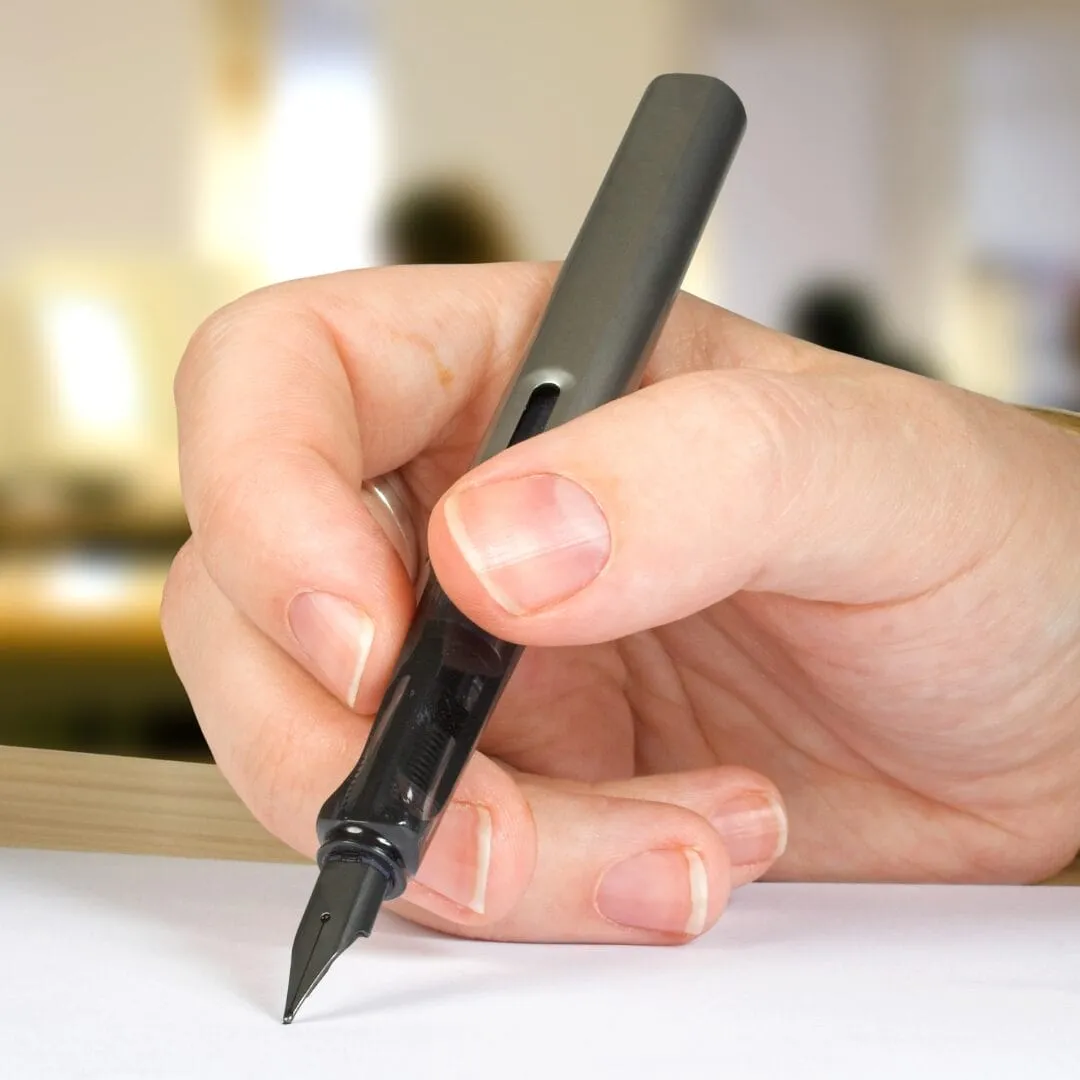
At the very top of your cover letter, include your full name, phone number, email address, and optionally, your LinkedIn profile URL. This section is critical as it provides the recruiter with all the necessary information to contact you. Make sure the information is accurate and up-to-date. Using a professional-sounding email address is also important. This section should be clean, and easy to find, making it simple for the hiring manager to get in touch.
The Salutation Choosing the Right Greeting
The salutation sets the tone for your entire cover letter. Ideally, address the hiring manager by name. Research the company website or LinkedIn to find the name of the person responsible for hiring. If you can’t find a specific name, ‘Dear Hiring Manager’ or ‘Dear [Company Name] Team’ are acceptable alternatives. Avoid generic greetings such as ‘To Whom It May Concern,’ as they can make your letter seem impersonal and less tailored to the specific role.
Opening Paragraph Making a Strong First Impression
The opening paragraph is your chance to grab the reader’s attention. State the position you are applying for and where you saw the job posting. Briefly mention why you are excited about the opportunity and the company. If you have a personal connection to the company or a specific project, mentioning it here can be effective. Clearly express your enthusiasm and highlight the key reasons why you are a good fit for the role and the organization. Make it clear how your career goals align with their mission.
Body Paragraphs Showcasing Your Skills and Experience
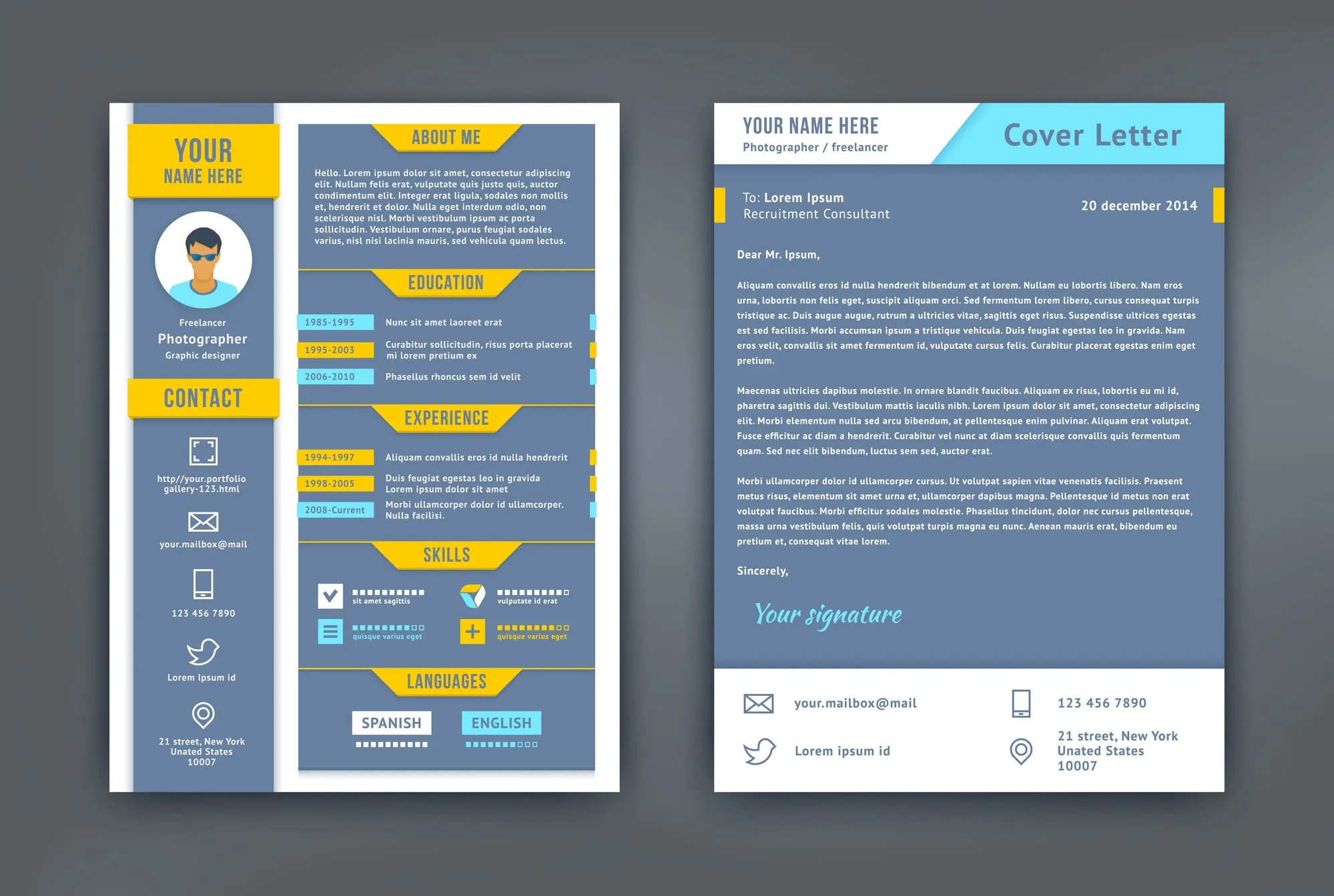
The body paragraphs form the core of your cover letter. Use these sections to elaborate on your skills, experience, and accomplishments. Align your qualifications with the job description by highlighting the most relevant skills and experiences. Provide specific examples that demonstrate your abilities and the impact you’ve made in previous roles. Use action verbs to describe your achievements and quantify your accomplishments whenever possible. The primary goal is to show the hiring manager you’re a perfect match for the role.
Highlighting Relevant Skills and Achievements
Focus on the skills and achievements that directly relate to the job requirements. Carefully review the job description and identify the key skills and qualifications the employer is seeking. Then, provide specific examples from your work history that demonstrate how you have utilized these skills. Use concise and clear language, and focus on the impact you made in previous roles. Make sure that your examples support your claims, and that the details are relevant to the position you’re applying for.
Quantifying Your Accomplishments Using Numbers
Whenever possible, quantify your accomplishments using numbers and data. Instead of saying ‘Improved sales,’ say ‘Increased sales by 15% in six months.’ Numbers add credibility to your claims and show the tangible results you have achieved. Use percentages, dollar amounts, or other metrics to illustrate your impact. Quantifiable achievements make a stronger case for your abilities and help the hiring manager understand the value you can bring to the company. This approach makes your cover letter more compelling.
Tailoring Your Cover Letter to the Job Description
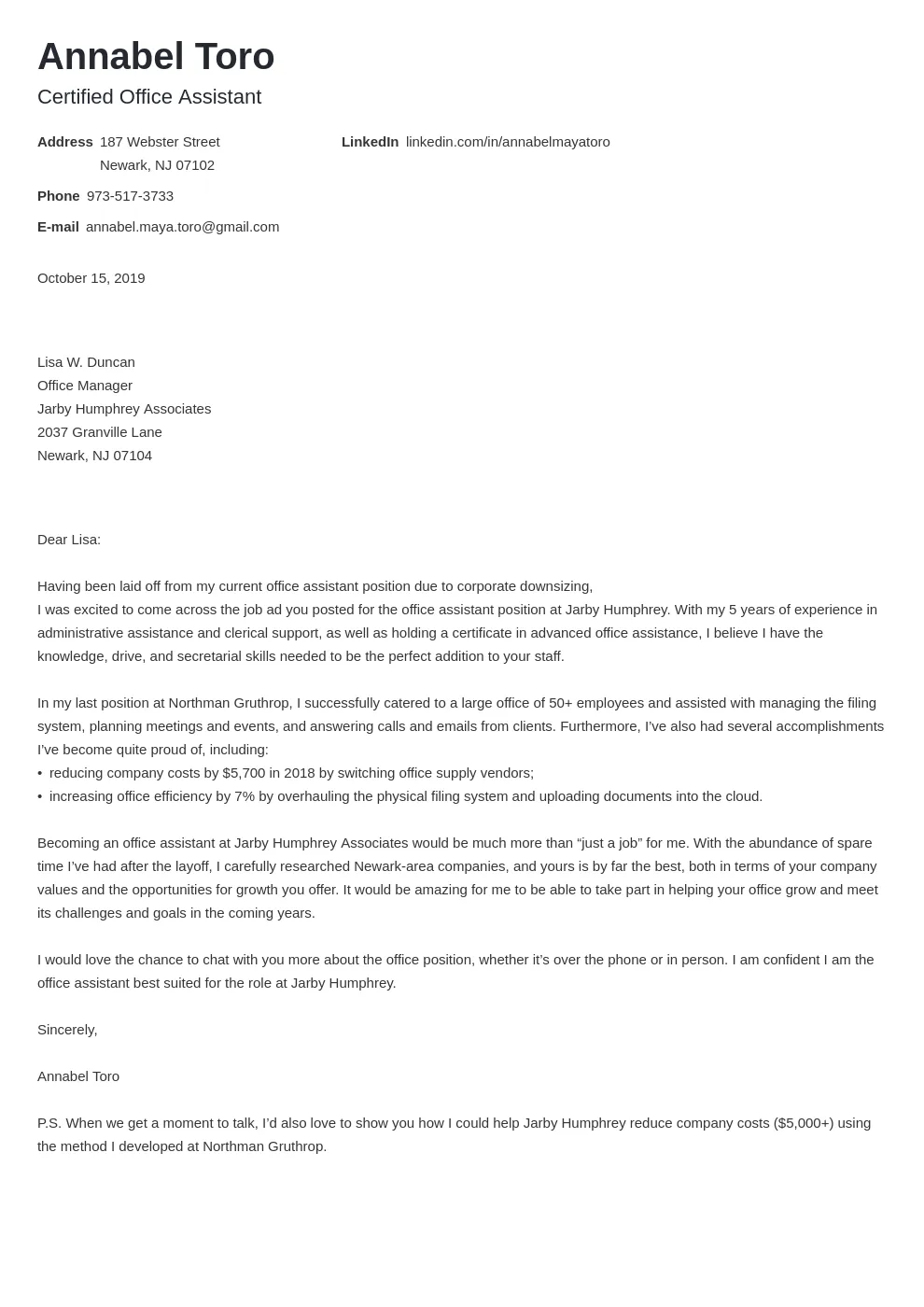
Customize each cover letter to match the specific requirements of the job description. Generic cover letters are easily identified and often discarded. Research the company and the role to understand their needs and priorities. Then, tailor your letter to highlight the skills and experiences most relevant to the position. Address the specific keywords and phrases used in the job description, and show how your qualifications align with the employer’s expectations.
Closing Paragraph Expressing Enthusiasm and Call to Action
In your closing paragraph, reiterate your enthusiasm for the position and the company. Briefly summarize your key qualifications and express your confidence in your ability to contribute to their success. Include a clear call to action, such as ‘I look forward to hearing from you’ or ‘I am eager to discuss my qualifications further in an interview.’ Thank the hiring manager for their time and consideration. It’s important to end the letter on a positive note and make it clear that you are interested in the next step in the hiring process.
Formatting Your Cover Letter for Readability
The format of your cover letter significantly impacts readability and professionalism. A well-formatted cover letter is easier to read and creates a positive first impression. This section focuses on the key elements of effective formatting, including font choice, font size, and spacing, ensuring your cover letter is both visually appealing and easy to understand.
Font and Font Size
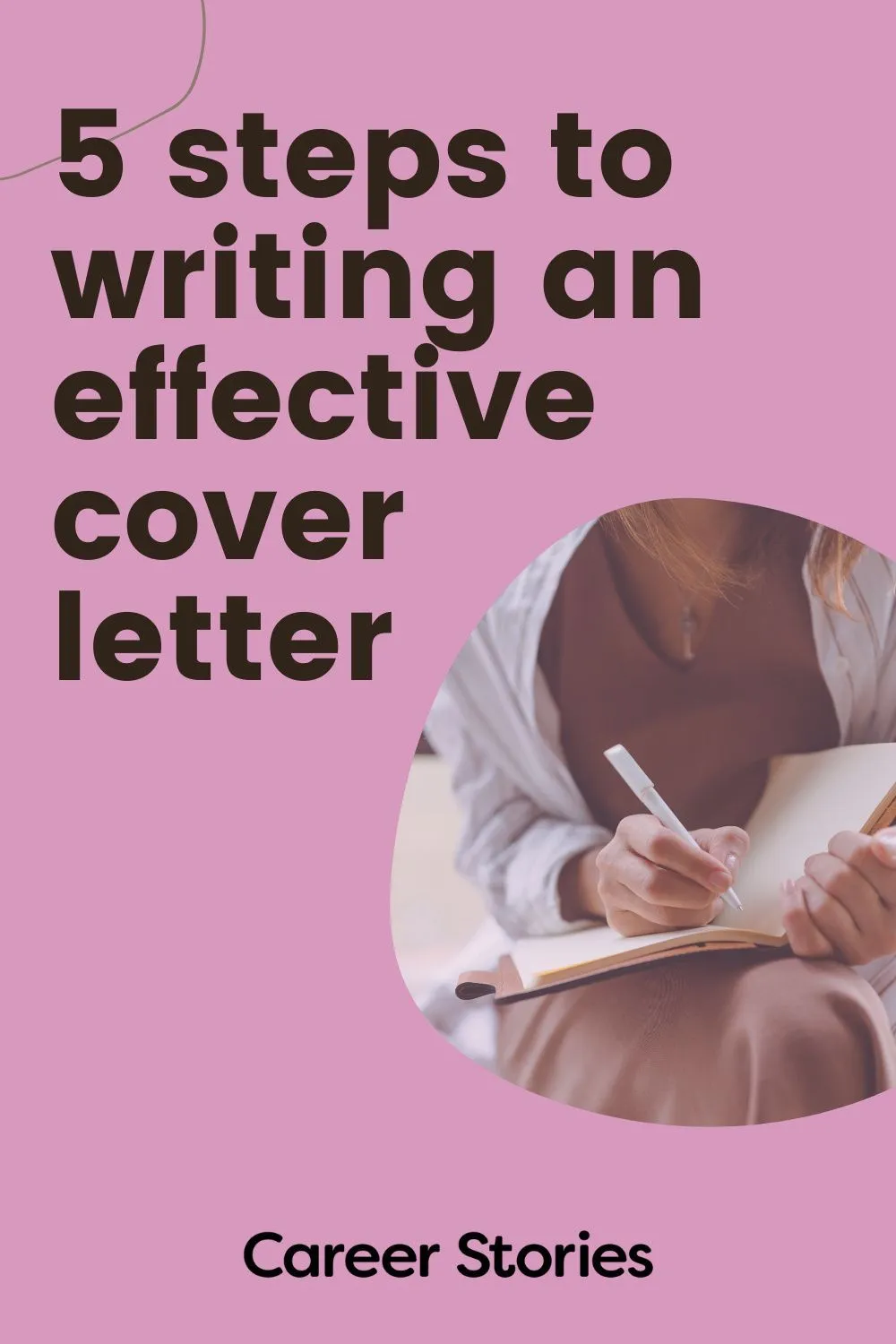
Choose a professional and easy-to-read font like Arial, Times New Roman, or Calibri. Keep the font size between 10 and 12 points to ensure readability. Avoid using overly decorative fonts or sizes that are difficult to read. Ensure consistency throughout the document. A clean and simple font choice enhances the overall presentation of your cover letter, making it easier for the reader to focus on the content. This shows attention to detail.
Margins and Spacing
Use standard margins (1 inch on all sides) to provide enough white space and enhance readability. Double-space between paragraphs and use single-spacing within paragraphs. Proper spacing helps the reader’s eye and prevents the letter from appearing cluttered. Well-structured spacing and margins allow the content to breathe and make your cover letter visually appealing and less overwhelming to the hiring manager. Aim for a clean, uncluttered layout.
Proofreading and Editing
Thorough proofreading and editing are crucial to ensure your cover letter is free of errors. Errors can undermine your credibility and make a negative impression on the hiring manager. This section highlights how to meticulously review your cover letter to eliminate any mistakes and present your best self.
Proofreading and Editing
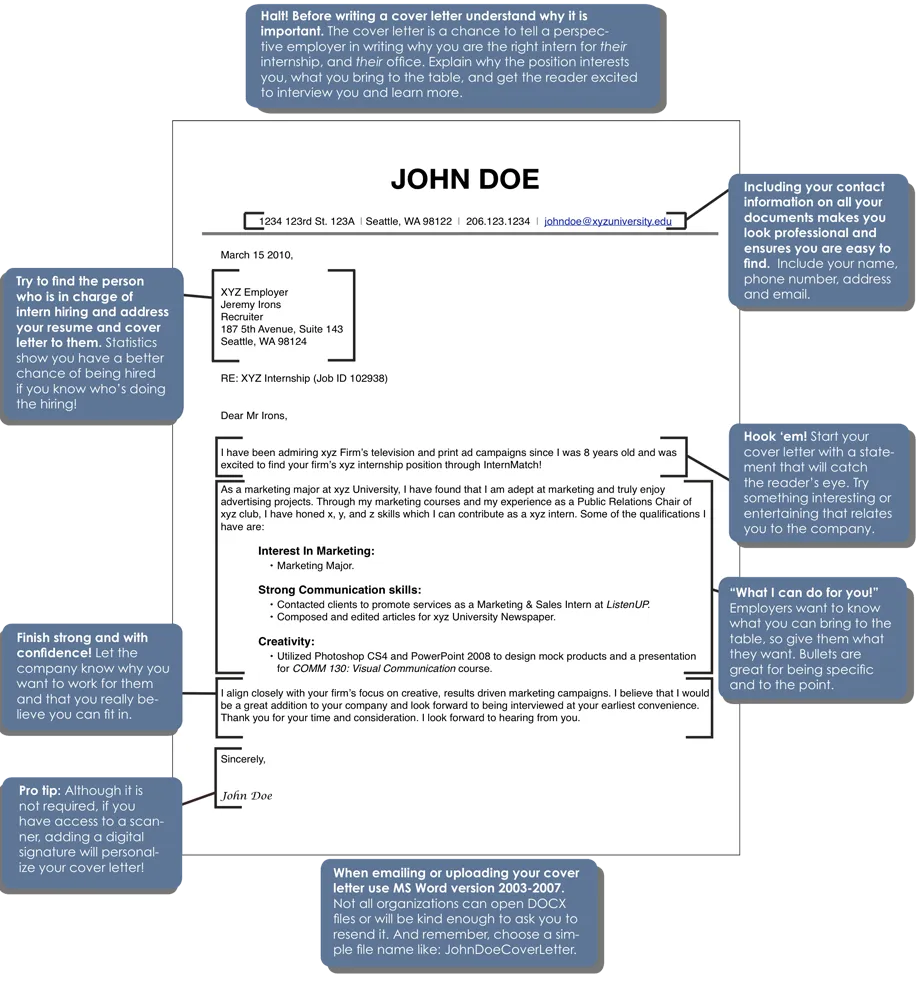
Carefully proofread your cover letter for any typos, grammatical errors, and spelling mistakes. Read your letter multiple times, and consider reading it aloud to catch any awkward phrasing. Use a grammar checker, but don’t rely on it completely; always review the suggestions and make your own judgment. Ask a friend or colleague to review your cover letter for a fresh perspective and to catch errors you may have missed. Ensure that the tone is professional and the content is clear and concise. Proofreading is a must to make a good impression.
Common Mistakes to Avoid
Avoiding common mistakes can significantly improve the effectiveness of your cover letter. Several pitfalls can make your application less appealing to a hiring manager. This section addresses some of the most prevalent errors and how to avoid them to create a polished and professional application.
Generic Language and Clichés
Avoid using generic language and clichés that make your cover letter sound unoriginal. Phrases like ‘I am a team player’ or ‘I am a hard worker’ are overused and don’t provide specific information about your skills or achievements. Instead, provide concrete examples that show your skills in action. Use strong action verbs and avoid vague statements. This will set your letter apart and allow your personality to shine.
Typos and Grammatical Errors
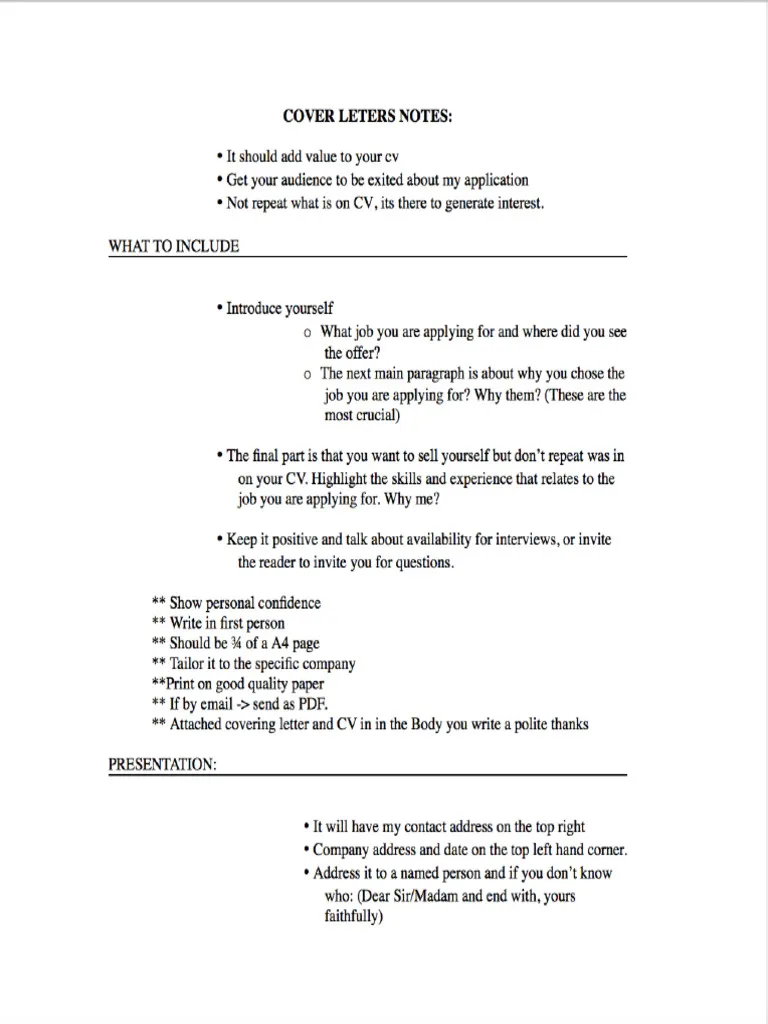
Typos and grammatical errors can significantly detract from your credibility. These errors show a lack of attention to detail, which is critical in most professional roles. Always proofread your letter carefully and use a grammar checker. Consider having a friend or colleague review your letter to catch any mistakes you may have missed. A polished cover letter is a reflection of your professionalism and commitment to excellence. The impact of spelling errors can be significant.
Ignoring the Job Description
Failing to address the specific requirements of the job description is a significant mistake. Your cover letter should be tailored to each job you apply for, highlighting the skills and experiences most relevant to the role. Review the job description carefully and identify the key qualifications the employer is seeking. Then, tailor your letter to show how your skills and experiences meet those requirements. A cover letter that is not tailored shows a lack of interest and attention to detail, making you less likely to be considered for the role.
Cover Letter Examples and Templates
Using cover letter examples and templates can be a great starting point, especially if you are unsure where to begin. However, it’s important to customize these templates to reflect your unique experiences and the specific job you are applying for. This section provides examples and guidance on how to effectively use these resources.
Cover Letter Example for a Marketing Position
A marketing cover letter should showcase your communication, analytical, and creative skills. Highlight your experience with marketing campaigns, social media, content creation, and data analysis. Provide specific examples of your achievements, such as increasing website traffic, improving conversion rates, or launching successful marketing initiatives. Tailor the letter to the specific requirements of the marketing role.
Cover Letter Example for an Engineering Role
Engineering cover letters should highlight your technical skills, problem-solving abilities, and project experience. Include details about specific projects you have worked on, your proficiency with engineering software, and your experience with design, testing, and implementation. Quantify your accomplishments with numbers and metrics whenever possible. Demonstrate your understanding of the engineering principles related to the job.
Cover Letter Example for a Recent Graduate
For recent graduates, a cover letter is crucial for highlighting academic achievements, internships, and any relevant extracurricular activities. Focus on your transferable skills, such as communication, teamwork, and problem-solving. Mention any projects, research, or coursework that align with the job requirements. Tailor the letter to showcase how your education and experiences have prepared you for the role.
Final Thoughts and Additional Tips
Writing a compelling cover letter requires time, effort, and attention to detail. Take the time to tailor your letter to each job, highlight your key skills and experiences, and proofread it carefully for errors. By following these guidelines, you can increase your chances of landing an interview and getting the job you want. Always remember to be authentic and let your personality shine through in your writing. By following these steps, you can craft a cover letter that gets noticed and leads to your next opportunity.
